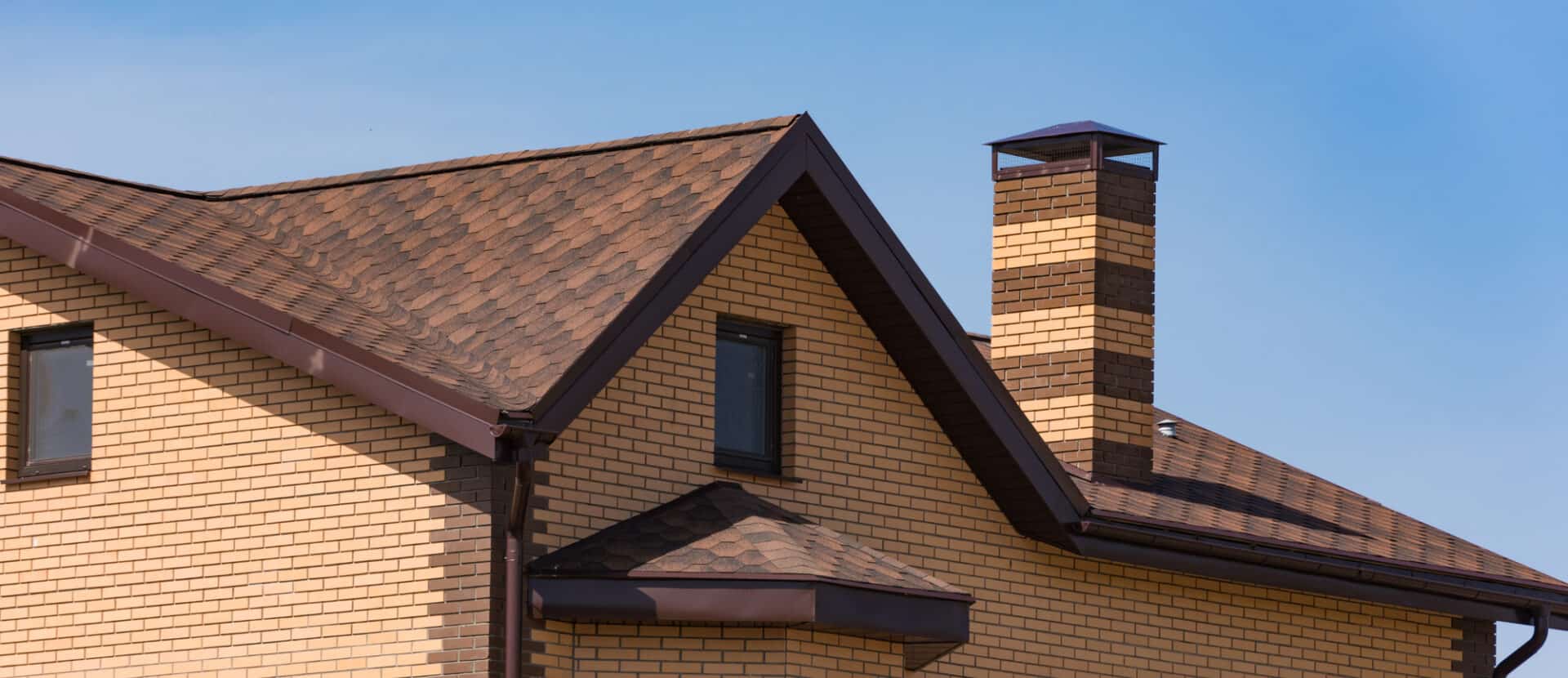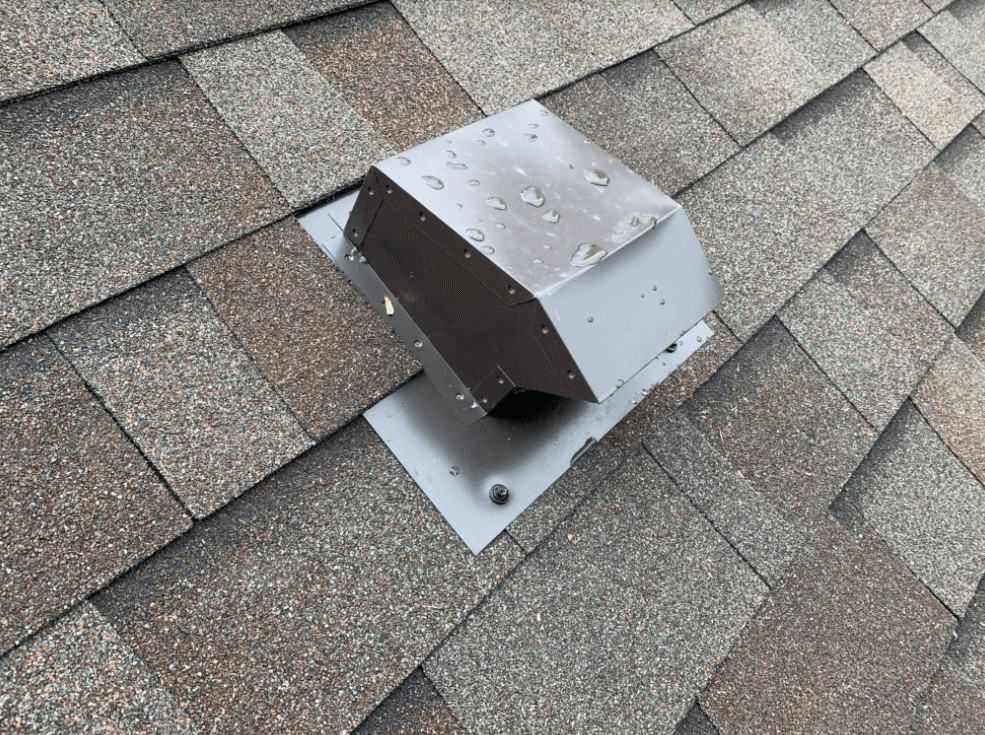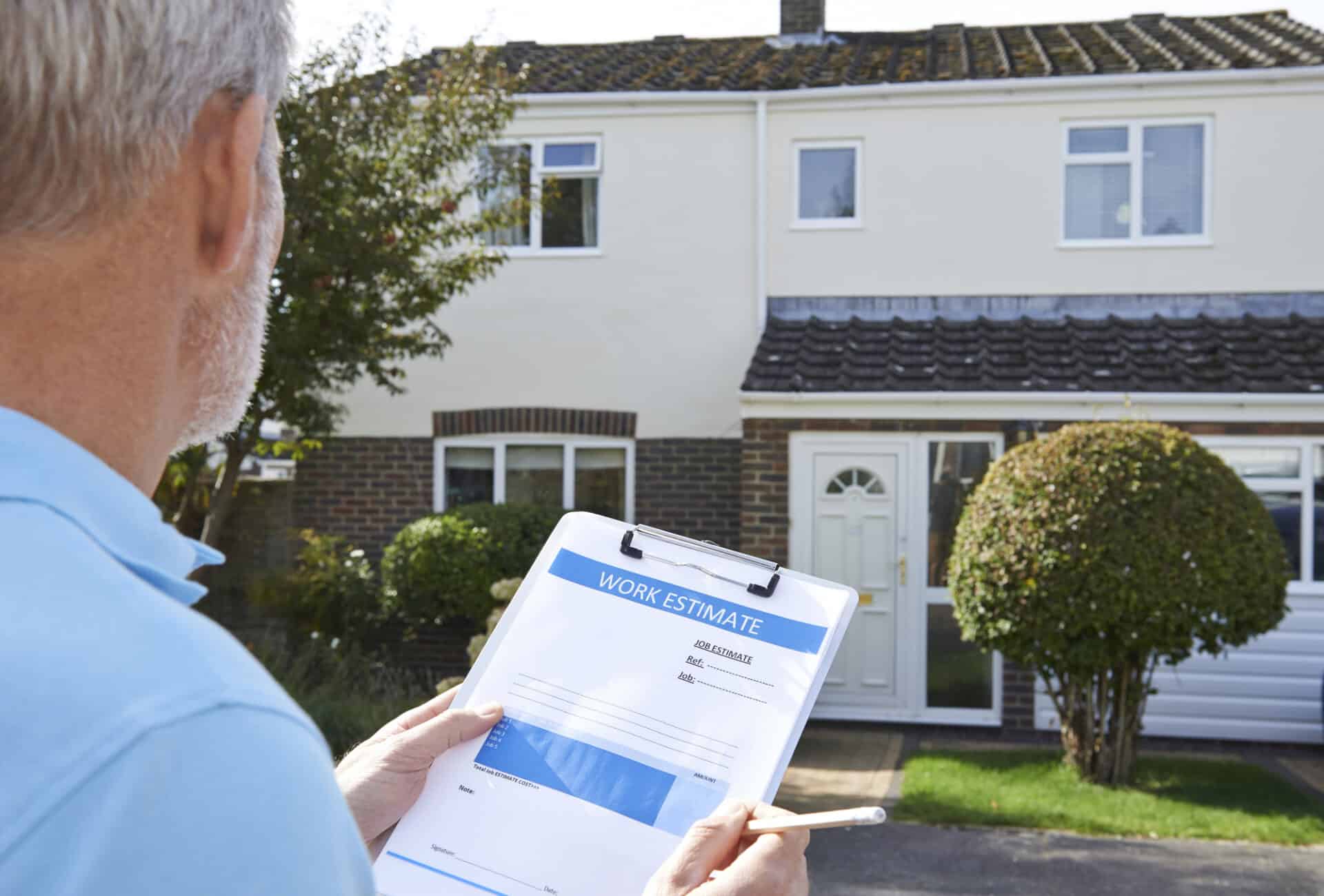So you need to get your roof replaced. Can you just add a new roof to your existing roof? After all, it will save a few thousand bucks; does it do any harm? While Roof-overs (also called Lay-overs) can work in some cases, it’s a really bad idea in others. Reading the rest of this short guide will help you determine where your homelands are and if you need to tear off your roof.
The legality of Not Tearing Off Your Roof
According to requirements in the building code, if you have more than 1 layer of existing roofing material it is illegal to do a roof over. I believe this is due to the weight of the shingles. The shingles on an average roof of about 35 squares weigh a whopping 7,000 lbs (at a minimum). If you had three layers of this plus snow weight on your roof, you can see why it would be a bad idea.
So according to law, you must tear off your roof if you already have more than one existing layer of shingle.
With the legal stuff out of the way, let’s dive in and see when it’s a good idea to tear off your roof and when it’s OK to do a roof over.
When You Should Tear Off Your Roof
For residential homes, in almost all cases, a tear off should be done when getting a new roof installed. Doing so will ensure your new roof will last as long as possible, and you won’t have any unforeseen surprises pop out and cost you money in the near future.
Here are my top 3 reasons for tearing off your roof when reroofing.
1. No wood deck inspection
Tearing off the roof will give you a really good look at the wood decking underneath, and you’ll be able to tell if it is in good enough shape to support the new roof for the life of the roof. If you just roofed right over the top of the existing roof, you could have a catastrophic plywood failure down the road and have to replace your entire roof well before the shingles were worn out.
2. Flashings must be re-used
Flashings between the roof and walls, chimneys, and skylights are the most common places for a roof to leak. We usually don’t even find the leaks until we tear out the existing flashing system. Then evidence of water damage can be seen where no one even knew about it. If you don’t tear off the roof, the flashings will be re-used, and the leaking could continue, becoming a massive problem. This is also why we highly recommend replacing all your flashings when you get your roof replaced.
3. Current roof leaks won’t be found
If your roof leaks in places you don’t know about, these spots will never be found. This will allow the leaks to continue, and a new roof could be installed over top of spongy, water-damaged plywood that won’t hold onto fasteners. This will lead to further leaking and blow-offs in the near future.
When A Roof-Over Makes Sense
In a few cases, it may make sense to install a new roof over the old one; most of the reason is purely financial. If you are on a strict budget and have a very simple home you may be safe with installing a new roof over top of your existing one.
If you have walls that meet the roof, chimneys, skylights, valleys, or known leaks then you should avoid a roof-over at all costs. These will all work against you in the future and cause you problems.
If your home is just 2 flat sides with no complicated areas and you haven’t ever had shingles blow off or anything, you’ll probably be pretty safe doing a roof-over. Still, because of all the unknowns, we don’t warranty roof-overs for very long (2 years), and we can’t cover anything other than the shingles we installed.
In Most Cases – Tear Off Your Roof!
In conclusion, we always recommend a full roof replacement, including a tear-off, deck inspection, and new underlayments. This will give you the best protection and open the door to some killer warranties so you won’t ever have to worry about your roof again.
Contact Today For a New Roof Quote
If you’d like to get a quote on a new roof, contact the experts at New Heights. We will come out and inspect your roof and give you an estimate.




